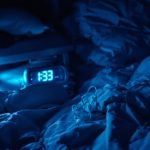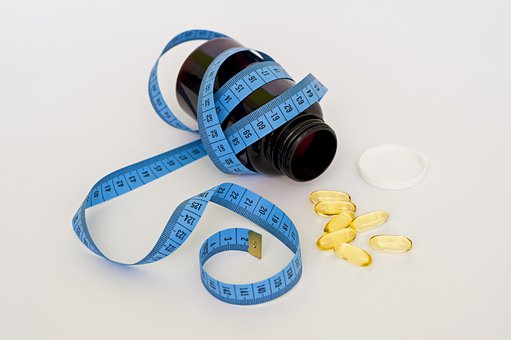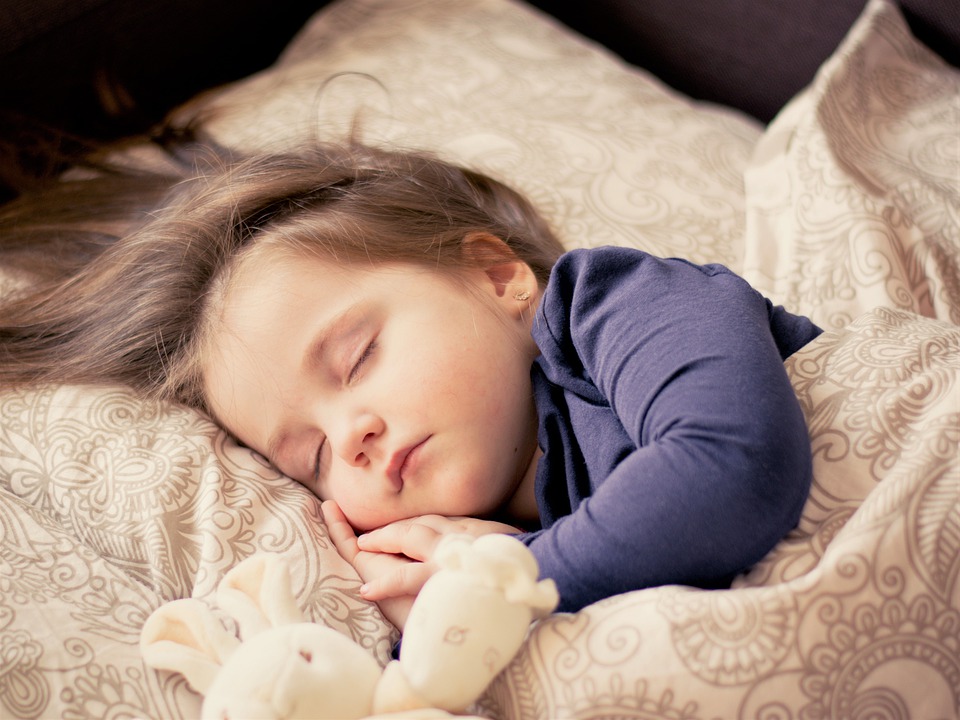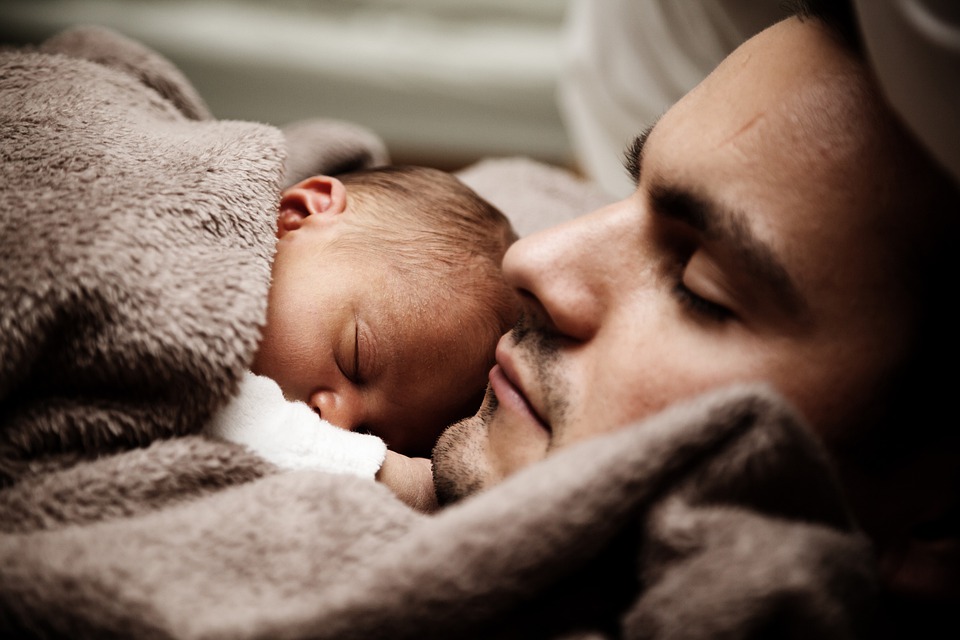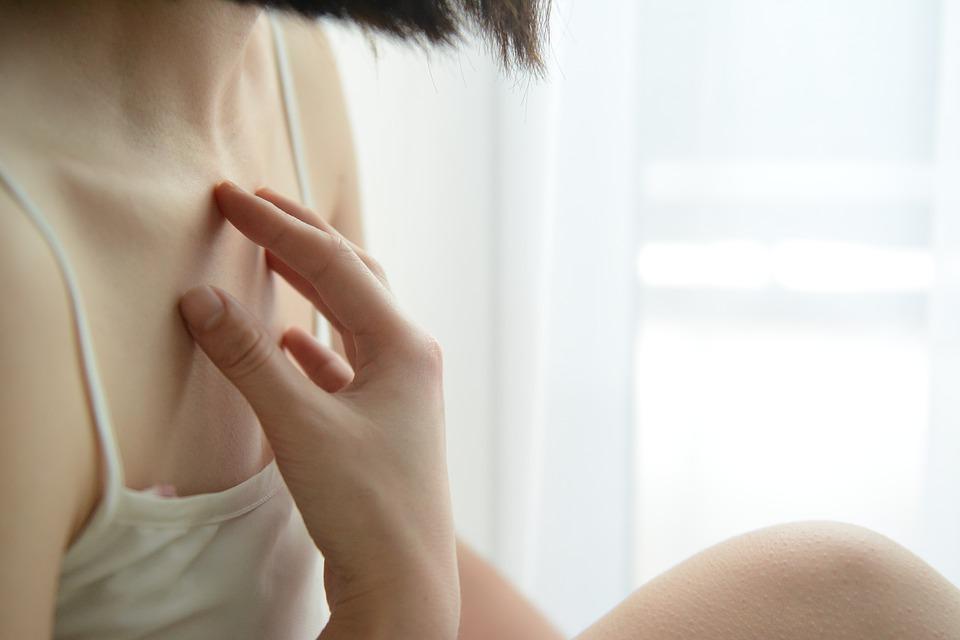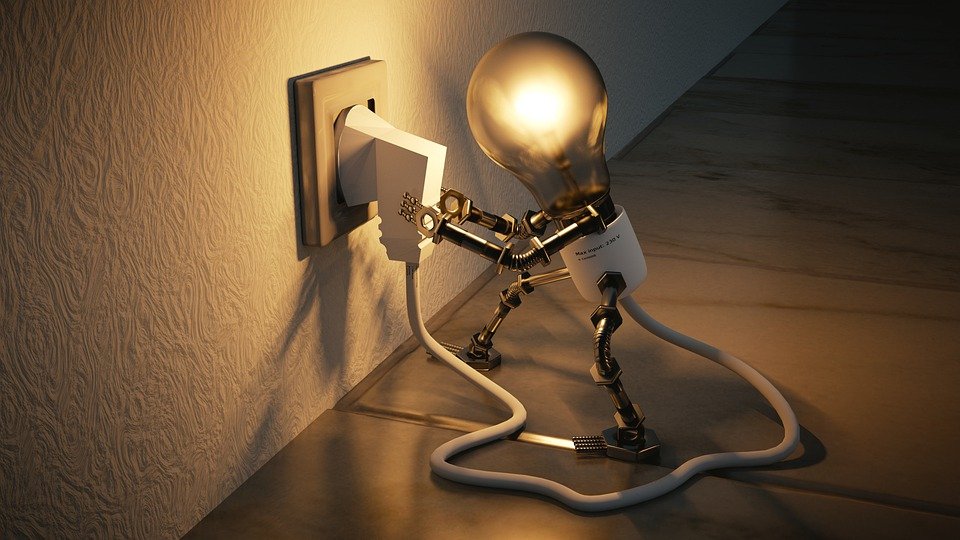
The Balance with Blue Light
Before 1879, people had to use candles, lanterns, and fires for light after sunset because there was no artificial lighting. Thomas Edison invented the electric lightbulb that year, which changed everything.
After Edison’s patent on the light bulb, artificial lighting became more widespread, but it took many years for the dramatic change from candlelight to mobile phone screens. Approximately three decades ago, a Harvard researcher discovered that light plays a role in regulating our internal clocks. Since then, we have gradually learned more about the role of blue light in this process.
While a hundred years may seem like a long time, it is a short amount of time in the history of humans. In the last few decades, we have started to understand how artificial light affects health. The more research that is done, the more likely it is that we will find that interruptions to our natural circadian rhythms from artificial light are at least partly responsible for many of the issues facing society today. Currently, we know that overusing artificial light and not getting enough sleep may be linked to certain cancers, increased risk of heart disease, and obesity.
Artificial lighting, like that from light bulbs, contains blue wavelengths of light that are absent in light sources like candles, lanterns, and fires. Exposing yourself to blue light during the evening can be harmful because it can disrupt your body’s natural sleep cycle.
How Light Impacts Circadian Rhythm
The body has systems that help regulate its natural sleep-wake cycle, and it relies on outside input (especially blue light) to signal when the body should be awake vs when it should be sleeping. There are approximately 30,000 cells in the eye that sense blue light, which in turn signals the brain to stop producing melatonin. The light from screens suppresses melatonin. The suppression of melatonin by the light from screens can affect sleep quality because melatonin is necessary for sleep.
Blue light is seen in nature during the brightest hours of the day, in sunlight. The wavelengths emitted by fire and other natural light sources do not include the wavelengths that are used to produce blue light. Ever sat around a campfire at night? Many people find natural light sources, like fire, to be calming and conducive to sleep because they emit little blue light (and are aesthetically pleasing).
It is all about timing in the end. Blue light during the day is beneficial in many ways, including:
- Sending the correct signals to the brain for proper melatonin production
- Promoting mood and alertness (in fact, it may be better than coffee!)
- Signaling the body to maintain a healthy weight and adrenal function
These are all vital during the day. My doctor uses the timing of blue light exposure and carbohydrate intake to help balance cortisol and other hormones. Other doctors use blue light therapy to address sleep disorders, seasonal affective disorders, and other disorders at certain times of the day.
The problem occurs when a person is routinely exposed to blue light in the evening, especially when this happens daily over long periods of time. This is because blue light suppresses the production of melatonin, which is a hormone that makes you feel sleepy. When you’re exposed to light at night, it messes with your body’s natural sleep signals. Melatonin is a hormone that helps you sleep, and exposure to light at night lowers the amount of melatonin in your body.
Harvard Medical School has been studying the effects of blue light:
A study conducted by Harvard researchers has shed some light on the possible connection between diabetes and obesity. The researchers conducted an experiment in which they gradually shifted the circadian rhythms of 10 people to study the effects. The study found that people who regularly ate fast food had increased blood sugar levels, throwing them into a prediabetic state. In addition, levels of leptin, a hormone that leaves people feeling full after a meal, went down.
Even low levels of light can disrupt a person’s natural sleep cycle and reduce the amount of melatonin produced. For most people, eight lux is not very bright and is often exceeded by the brightness of a table lamp or a night light. Stephen Lockley, a Harvard sleep researcher, notes that this level of brightness can have an effect. Too much light at night can disrupt sleep patterns and lead to health problems, according to Lockley. Not getting enough sleep has been linked to depression, diabetes, and cardiovascular problems.
Blocking blue wavelengths can help reduce the negative effects of being awake and exposed to blue light at night, according to some studies.
Research has also discovered that blue light can adversely affect hormone levels and one’s natural sleep cycle, even if we are not consciously aware of the consequences. The blue light emitted from screens may be causing sleep disorders in those who are exposed to it, as well as problems for those who don’t notice its effects.
Sources of Blue Light Exposure
We are exposed to a lot of blue light and might not even realize it. Sources include:
- Sunlight (the biggest source)
- Electronics like TVs, phones, tablets, and computers
- Light bulbs and other sources of artificial lighting (LED bulbs are especially harmful)
Sunlight contains natural blue light, which is beneficial for us to be exposed to during the daytime. Blue light from the sun is the only natural way to signal the correct circadian rhythms, so it is impossible to get improper exposure to blue light from the sun.
Artificial light sources emit blue light, which can disrupt our natural sleep cycle by affecting hormone levels. This can lead to poorer sleep quality. The artificial lights inhibit the hormones needed for sleep, making the body think it is still daytime. This is okay during the day, but bad at night.
Thanks to recent research, many people are aware that looking at a screen before bedtime isn’t great for sleep, but additional research is showing that indoor light bulbs, especially LED bulbs, maybe even more problematic:
Exposure to room light before bedtime suppresses melatonin in 99 percent of individuals and shortens melatonin duration by about 90 minutes, according to the paper Exposure to Room Light before Bedtime Suppresses Melatonin Onset and Shortens Melatonin Duration in Humans.
The difference is drastic, occurring just from exposure to normal room lighting.
The Relationship Between Lighting And Mood
We must understand how light impacts our bodies to understand why it impacts our mood. The human body operates according to various biological systems, one of which is the system that regulates the body’s sleep-wake cycle. The system uses lighting cues to help regulate other systems in the body and help control processes such as the release of chemicals into the brain. Before artificial light existed, natural periods of daylight helped to regulate our biological clocks. We are now constantly exposed to various forms of artificial light, which has changed things significantly. Artificial light can both help and hurt our circadian rhythms.
We use lighting in our homes at night, gradually increasing or decreasing the light sources as the sun rises and sets. We use brighter light, or task lighting when we are active, and accent lights, or dim lighting, when we are relaxing. While light can positively impact our moods and energy, too much light can dry out our skin and eyes and disrupt our natural circadian rhythms. While light can improve our moods, too much light can have negative effects such as drying out our skin and eyes and disrupting our natural circadian rhythms. For example, if a dining area is too brightly lit, it can make someone lose their appetite. Alternatively, if a dining area is dimly lit, it can make someone want to eat more. Lighting affects our quality of sleep the most critically in our home life.
To function correctly, our circadian rhythm system requires periods of darkness. It is best if our bodies are not in any light when it gets dark outside so that our internal clock and other systems can do their jobs properly. Too much light exposure during these times can interfere with our body’s natural processes. Even when the sun has gone down, there is often still some artificial light around. A bright ceiling light can impact your sleep cycle. So can the light from an alarm clock.
If we don’t get enough sleep or our sleep is disrupted, it can affect our health. Sleeping with a light on has a dramatic influence on our health. Human biology has been evolving over thousands of years to rely on natural light cycles that occur on a daily basis. We only introduced artificial light into our daily lives over the last 150 years. Simply put, artificial light is unnatural for our bodies. research has shown that circadian rhythms play a role in a number of important functions, including regulating the sleep-wake cycle, metabolism, and body temperature. disruptions to these rhythms can have a negative impact on physical and mental health
Exposure to direct sunlight can cause damage to our skin and eyes, but light can also help improve our moods While light exposure at home can impact our lifestyle, it is not the only place where light can have an effect. Direct sunlight can cause skin and eye damage, but light can also help improve our moods. Circadian rhythm disruptions can cause health complications ranging from crankiness to diabetes to cancer, which will impact an individual’s attendance and mood at work. Aside from disrupting our sleep and bodily functions, lighting affects us in many ways throughout our workday. If there is insufficient natural light or artificial lighting, employee performance will be adversely affected. If employees are asked to work in a space that is not well-lit, their productivity can decrease immediately.
Which do you think is better for employee performance in the workplace: bright light or dim light? Generally, bad lighting in workplaces has been linked to decreased productivity. If there is not enough lighting, it will hurt how much work employees can do. Harsh or excessively bright lighting can have similar negative effects. Lighting can have a big impact on productivity in the workplace. It’s not just about how much light there is, but also the intensity, softness, temperature, and color of the light.
Bright Light
We need light to be able to see, whether we are at home or work. But too much light can be a problem.
The study found that more emotional people responded more negatively to dim light, while less emotional people responded more positively to it. It is thought that lighting affects how warm we feel, which then changes our emotions. The “hot emotional system” is activated by increasingly bright light, which can make us feel more strongly about our opinions and feelings. Bright light impacts both positive and negative emotions. The brightness of a room can affect our mood, either making us feel more positive or negative.
Bright lights are often more common in the workplace than dim lights. Fluorescent lighting can be harsh on employees’ eyes, so it is not a good choice of lighting source. Fluorescent bulbs make it harder for the eyes to focus, which can cause eye strain and migraines. If there is no natural light, you can get the benefits of bright lighting by replacing fluorescent bulbs with LED lighting. This will provide enough illumination while lowering the intensity of the light.
Could bright light therapy, a psychological treatment method, help treat depression? Though more research is needed, researchers believe that natural sunlight may be as effective in treating depression as antidepressants. A similar form of light therapy called dawn simulation may also help treat seasonal depression. One suggested treatment for circadian sleep problems is controlled exposure to bright light at certain times of the day.
Colored Light
We can use artificial lighting sources to generate any color of lighting imaginable. This text is saying that using colored lighting in performances is helpful. The way we perceive the environment can be enhanced by colored lighting, which can complement or modify it. The way we interpret colors can have an impact on our mood.
Color is something that most people agree on. For example, most people would say that the grass is green and the ocean is blue. The meaning of colors is often interpreted subjectively according to social, cultural, and personal beliefs, and even evolutionary influences. The way we interpret things can affect our emotions and how we feel. The relationship between color and emotion is dramatic. Although each individual has their own perception of color, commonly shared associations include:
- Red is often used to represent passion, love, or anger, as well as intensity and action.
- Blue is a calming color but can also represent sadness.
- Green can represent nature and wealth.
- Yellow, not unlike the sun, is considered cheerful and stimulating.
- Orange is a unique color that can make people feel either excited or disturbed.
- Purple is often the color of pride or royalty, but like blue, it can also have a melancholy connotation.
- Black is often seen as an inherently negative color representing fear or death. However, it is also a color of power.
- White is most often associated with purity and innocence, but its absence of color can also cause the perception of neutrality or nothingness.
While the color of lighting can affect how we see things, the temperature of the color can have a big impact on our mood. We mentally react to warm and cool-colored lighting. Reds, oranges, and yellows are considered warm colors, while blues and greens are considered cool colors.
You must be aware of a color’s hue and temperature when implementing it into your lighting system. The type of lighting in a corporate office can affect the happiness and productivity of employees. Harsh, orange-colored lighting may not be appropriate in an office that desires happy and productive employees. A performance or worship center benefits from having a range of different colors and temperatures as it enables you to set the mood and convey the emotions you want people to feel.


